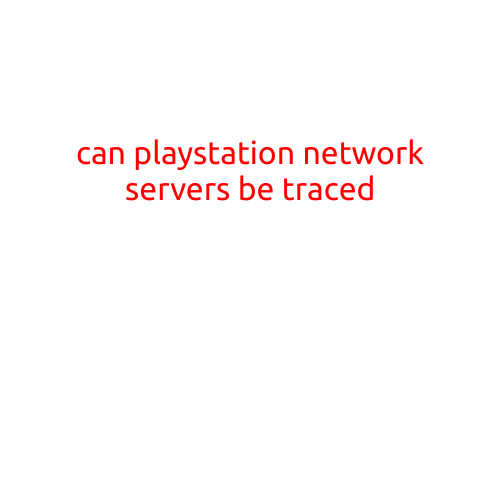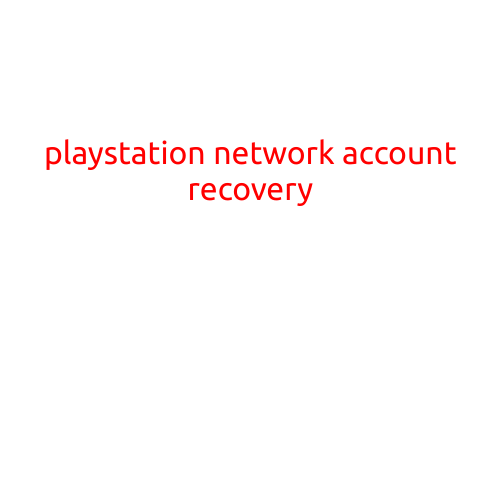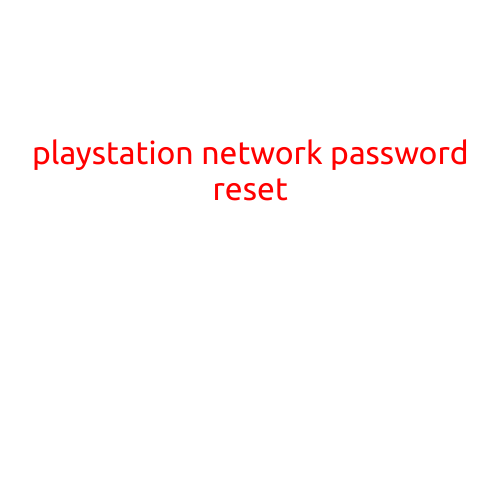
Can PlayStation Network Servers be Traced?
The PlayStation Network (PSN) is one of the largest and most popular online gaming platforms in the world, with millions of users worldwide. As with any large-scale online system, the question often arises: Can PSN servers be traced?
In this article, we will delve into the technical aspects of PSN’s server infrastructure and explore the possibilities of tracing PSN servers.
Understanding PSN’s Server Architecture
The PlayStation Network is a complex system consisting of multiple layers of servers, data centers, and edge servers. Here’s a simplified overview of the architecture:
- Data Centers: PSN has multiple data centers located worldwide, each housing thousands of servers. These data centers are responsible for storing and processing vast amounts of user data, game servers, and other critical systems.
- Edge Servers: Edge servers are strategically located closer to users, reducing latency and improving performance. These servers act as a buffer between users and the main data centers, handling requests and caching data.
- Game Servers: Game servers are responsible for hosting and managing online games, including PlayStation Now (PS Now) and traditional online multiplayer gameplay.
PSN Security Measures
To protect its servers and users’ data, PSN employs various security measures, including:
- Firewalls: Firewalls control incoming and outgoing network traffic, blocking unauthorized access to PSN servers.
- Encryption: Data transmitted between users and PSN servers is encrypted using protocols such as SSL/TLS.
- ** Authentication**: Users must authenticate using their PSN accounts or passwords before accessing the network.
- Access Control: Access to PSN servers is restricted to authorized personnel and systems.
Can PSN Servers be Traced?
While PSN’s security measures provide a robust defense against unauthorized access, it is theoretically possible to trace PSN servers to a certain extent. Here are some reasons why:
- Network Packet Tracing: Network packet tracing involves analyzing network traffic to identify the source and destination of packets. This method can be used to trace traffic between users and PSN edge servers.
- DNS Tracing: DNS (Domain Name System) tracing can help identify the IP addresses associated with PSN servers, allowing users to locate them on a map.
- BGP (Border Gateway Protocol) Peering: BGP peering allows PSN to establish connections with other networks and exchange routing information. By analyzing BGP data, it is possible to trace the path of network traffic.
However, tracing PSN servers beyond the edge server level can be extremely challenging due to the following reasons:
- Layered Security: PSN’s layered security architecture makes it difficult to trace traffic to its core servers.
- Encryption: Encrypting data transmitted between users and PSN servers makes it virtually impossible to intercept and analyze packets.
- Anonymization: PSN’s infrastructure is designed to anonymize user data, making it difficult to trace specific user activity.
Conclusion
In conclusion, while it is theoretically possible to trace PSN servers to some extent, the complexity of PSN’s infrastructure, robust security measures, and data anonymization make it difficult to trace traffic to the core servers. PSN’s architecture is designed to provide a secure and seamless online gaming experience for its users.
Remember, as a responsible and ethical online gaming community, we must respect the privacy and security measures of PSN and other online platforms. Stay safe and enjoy your gaming experiences!





